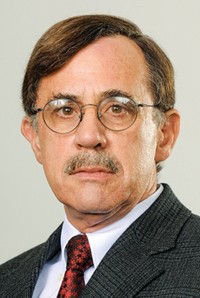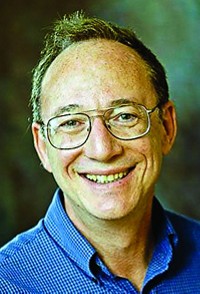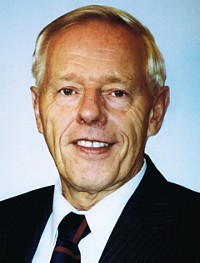Advertisement
Grab your lab coat. Let's get started
Welcome!
Welcome!
Create an account below to get 6 C&EN articles per month, receive newsletters and more - all free.
It seems this is your first time logging in online. Please enter the following information to continue.
As an ACS member you automatically get access to this site. All we need is few more details to create your reading experience.
Not you? Sign in with a different account.
Not you? Sign in with a different account.
ERROR 1
ERROR 1
ERROR 2
ERROR 2
ERROR 2
ERROR 2
ERROR 2
Password and Confirm password must match.
If you have an ACS member number, please enter it here so we can link this account to your membership. (optional)
ERROR 2
ACS values your privacy. By submitting your information, you are gaining access to C&EN and subscribing to our weekly newsletter. We use the information you provide to make your reading experience better, and we will never sell your data to third party members.
Materials
ACS Award in Polymer Chemistry
February 5, 2007
| A version of this story appeared in
Volume 85, Issue 6
Sponsored by ExxonMobil Chemical Co.
Ludwik Leibler is being honored for his pioneering work on the self-assembly of polymer systems.
Leibler, 55, is a research director at the Centre National de la Recherche Scientifique (CNRS), a government-funded research organization in Paris. He is also an adjunct professor of soft matter and chemistry at the Paris-based Ecole Supérieure de Physique et de Chimie Industrielles (ESPCI).
Leibler is "a superb intellect who has revolutionized the way we think about and understand a broad variety of complex polymer systems, including block copolymers, gels, polyelectrolytes, and adhesives," says Glenn H. Fredrickson, professor of chemical engineering and materials at the University of California, Santa Barbara. "His pioneering work on the self-assembly behavior of block copolymers stimulated a generation of synthetic studies on AB and ABC block copolymer systems that revealed the potential of rational design of block copolymers in applications ranging from thermoplastic elastomers to adhesives, templates for mesoporous inorganic solids, and scaffolds for submicron lithography." Fredrickson adds that Leibler has "most recently turned his keen insights to the field of supramolecular polymer chemistry."
Leibler says he absorbed his affinity for technical matters "with my mother's milk, because she was a physicist." He adds that although "she was a great scientist, she told me not to do physics" because it can be so consuming. Being a typical teenager, he ignored her advice.
Leibler earned an M.Sc. in 1973 and a Ph.D. in 1976, both in theoretical physics at Warsaw University. Leibler next went to the CollÈge de France, Paris, as a postdoctoral fellow under Pierre-Gilles de Gennes. There, Leibler says, he "developed a theory of block copolymer self-assembly, which had and still has an astounding impact both on polymer chemistry and polymer physics." After a second fellowship at the Centre d'Etudes Nucléaires, in Saclay, he went to CNRS's Center of Research on Macromolecules in Strasbourg in 1979. Following a year as a visiting scientist at UC San Diego, Leibler returned to CNRS in 1983. The next year, he joined ESPCI.
In 1996, Leibler left ESPCI to help establish the Elf Atochem-CNRS Joint Research Laboratory, where academic and industrial scientists collaborated on polymer and colloid research. Five years later, he took up his current positions at CNRS and ESPCI and became director of the CNRS-ESPCI Soft Matter & Chemistry Joint Research Laboratory.
Leibler says the problems he pursues not only must interest him, they also must interest his colleagues and the public. And although the problems are complex, he adds, the questions raised have to be simple and relevant. "For instance," he says, "I asked myself, 'What is stickiness? What is responsible for adhesion?' " That internal query led to his widely publicized findings that "stickiness may be closely related to interplay among the roughness of the surfaces, softness of the material, and air suction effects."
Other projects that have engaged his attention include the fracture behavior of polymers and the rules governing design and synthesis of nanostructured materials via reactive blending.
Leibler has published more than 130 papers and holds more than 20 patents. His honors include the American Physical Society's Polymer Physics Prize (awarded in 2006) and his election as a foreign associate to the U.S. National Academy of Engineering (2004).
The award address will be presented before the Division of Polymer Chemistry.
- 2007 ACS National Award Winners
- Banerjee and Verdine, Brown, Gellman, Leibler, Münck, Schwartz, Stang, Stevenson, and Uneyama.
- AAAS Fellows at ACS
- More Awards






Join the conversation
Contact the reporter
Submit a Letter to the Editor for publication
Engage with us on Twitter